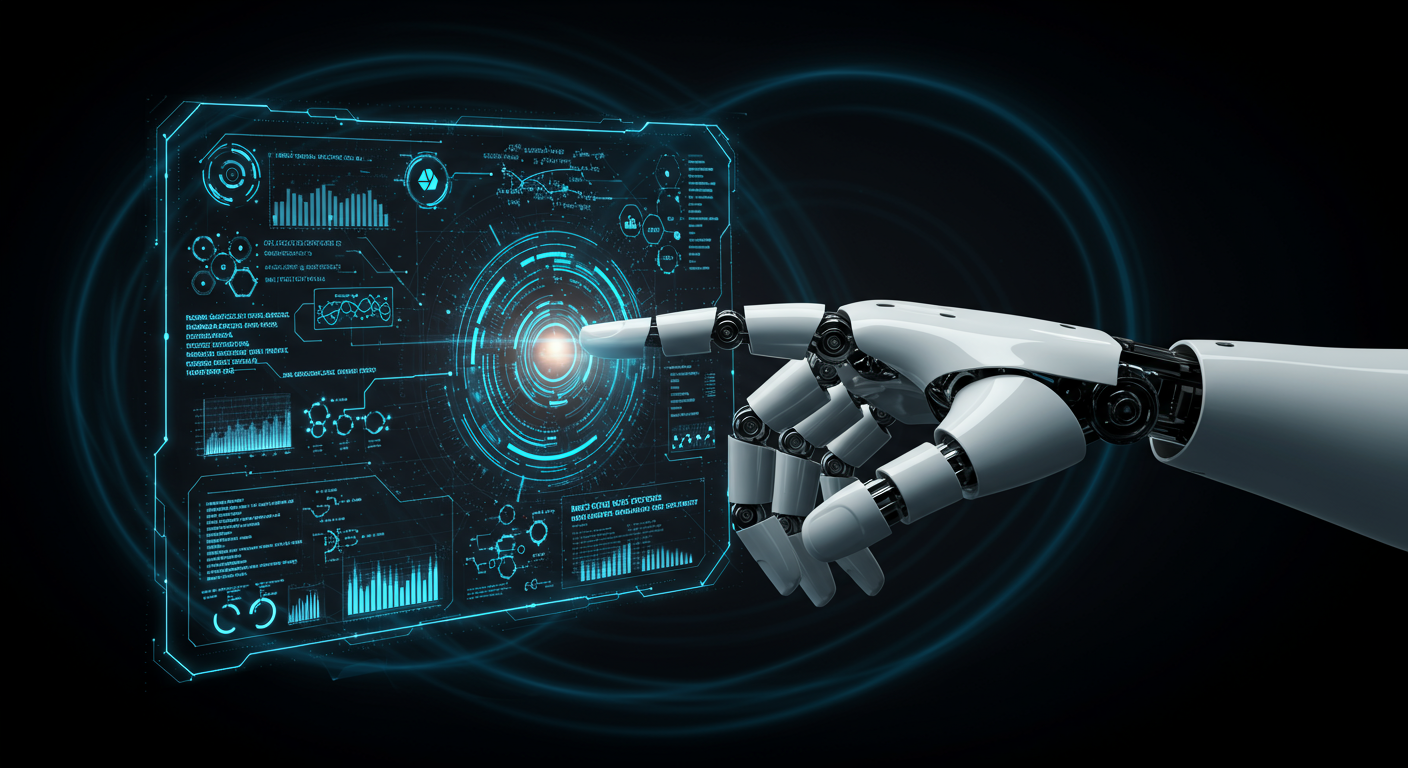Innovations & Trends Shaping RPA

Robotic Process Automation (RPA) continues to evolve, integrating advanced technologies like Artificial Intelligence (AI), Machine Learning (ML), and natural language processing to create more intelligent and adaptive automation solutions. This evolution is propelling businesses towards a future where automation is not just task-based but decision-driven, enabling unprecedented operational agility and efficiency.
Key Trends to Watch
- Intelligent Automation: The fusion of RPA with AI and ML to automate more complex processes that require cognitive decision-making.
- Hyperautomation: Expanding automation capabilities across organizations by combining multiple tools and technologies, including process mining and analytics.
- Integration with Cloud Computing: Leveraging cloud platforms to enhance scalability, accessibility, and collaboration of RPA deployments.
- Enhanced Security and Compliance: Ensuring RPA solutions adhere to stringent security protocols and regulatory standards.
Challenges and Considerations
While the future of RPA is promising, organizations must address challenges such as managing the complexity of intelligent automation, ensuring workforce adaptation, and maintaining data privacy and governance.
Explore how these advancements are shaping industries globally and what this means for businesses aiming to stay competitive in the digital era. The future of RPA is bright, driven by innovation and intelligent integration.
Interested in broader tech trends? Visit sites like TechCrunch, Wired, and Forbes Innovation for the latest insights.